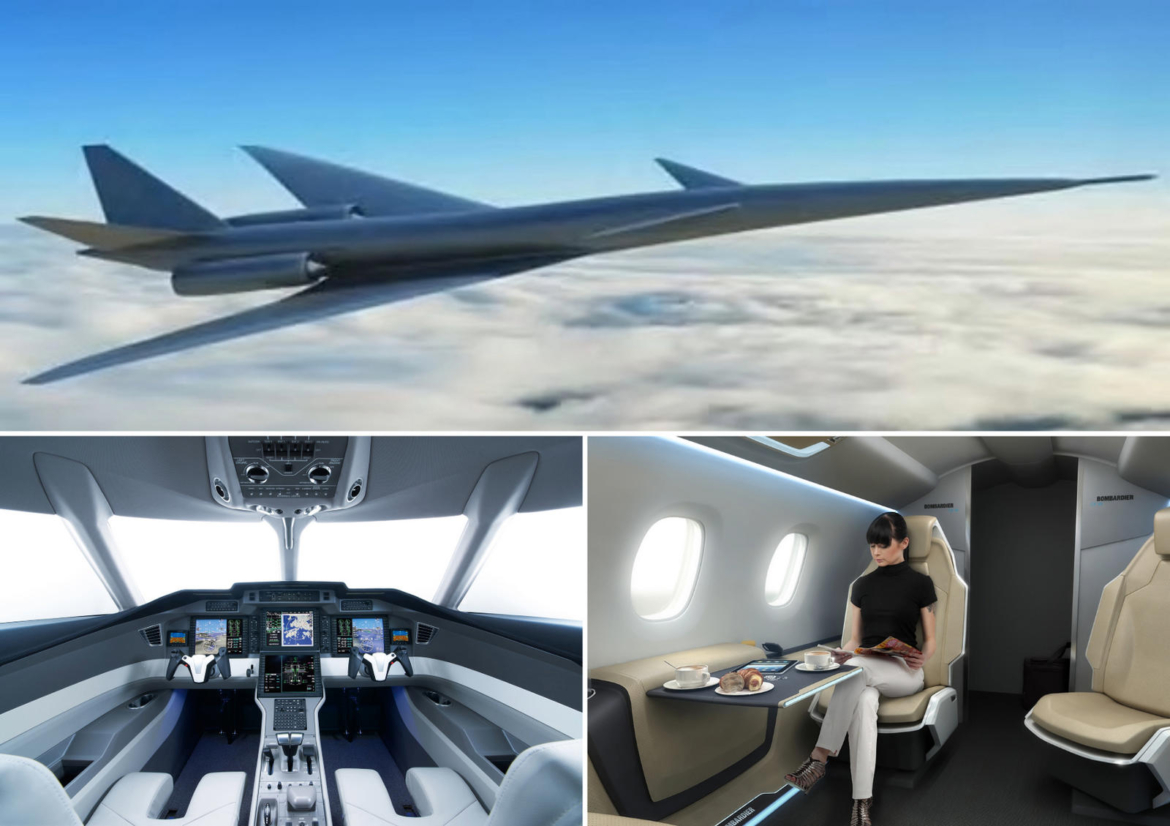China’s aerospace giant Comac is aiming to redefine global air travel with its supersonic jet, the C949. Designed to fly at Mach 1.6 (approximately 1,975 km/h or 1,227 mph), the aircraft boasts a range of 6,800 miles, a 50% increase over the Concorde’s 4,500-mile range. This extended capability would allow nonstop transcontinental flights, such as Shanghai to Los Angeles, in around five hours—less than half the time of current subsonic routes.
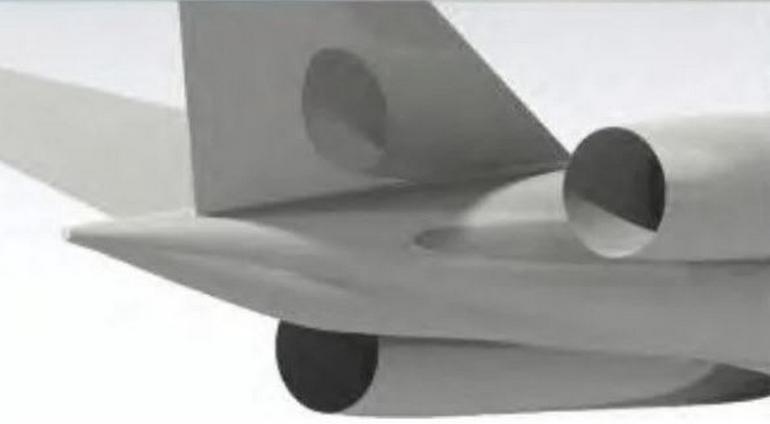
What makes the C949 particularly groundbreaking is its drastic reduction in noise pollution. The aircraft’s engineers have developed a shape-shifting fuselage with a reverse-camber midsection designed to minimize the intensity of sonic booms. By splitting the leading shock wave into three smaller pulses using a needle-like nose extension and dispersing exhaust turbulence with aerodynamic bulges near the engines, the C949 generates a perceived noise level of just 83.9 decibels.
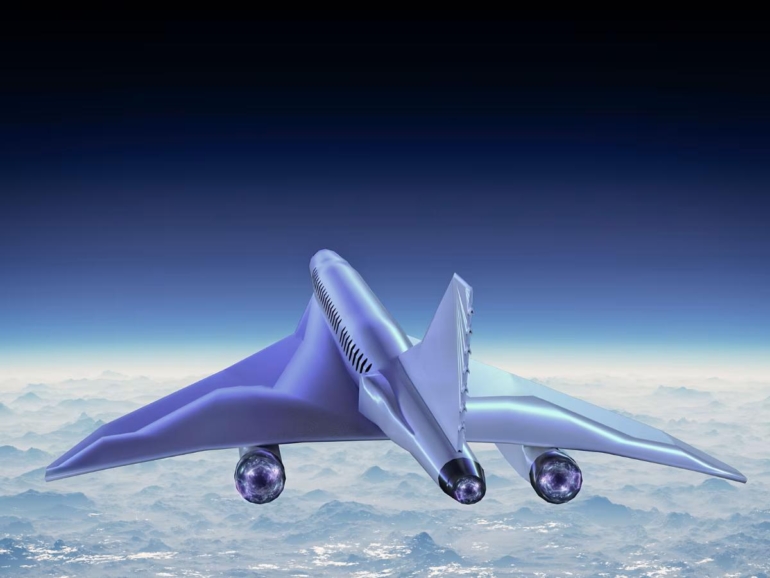
This is roughly equivalent to the sound of a hairdryer—95% quieter than the Concorde’s thunderous boom, which often reached 105-110 decibels. This innovation aims to overcome the regulatory barriers that have long banned overland supersonic flights due to noise concerns.
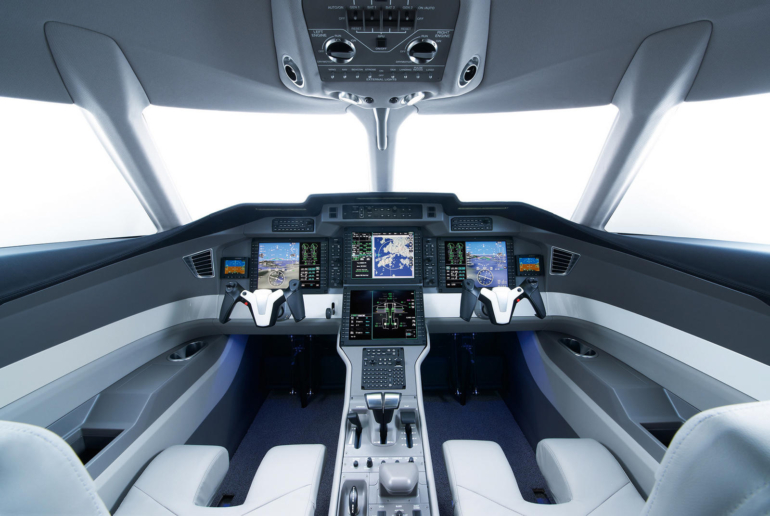
To maintain stability at supersonic speeds, the C949 will feature an AI-powered fly-by-wire system, offering full control access. This advanced system will manage extreme aerodynamic non-linearity and counteract stability loss at high sideslip angles, ensuring smooth and safe operation. The aircraft will also employ a dynamic fuel balancing system, capable of shifting 93,000 pounds of fuel between seven tanks during flight. This fine-tuning will optimize the plane’s center of gravity, enhancing stability and fuel efficiency.
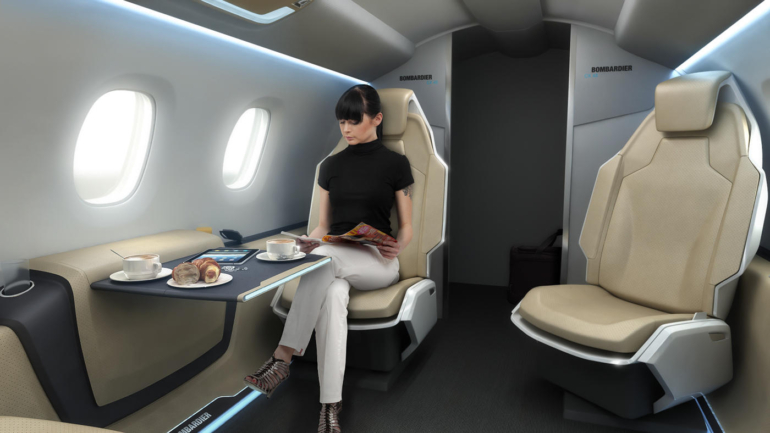
Comac’s vision for the C949 is not just limited to technological marvels—it is designed with commercial viability in mind. The aircraft will accommodate between 28 and 48 passengers in a business-class-style cabin, catering to luxury travelers. Although significantly smaller than the Concorde’s 100-seat capacity, this layout prioritizes comfort and exclusivity. The C949 is expected to initially operate transoceanic routes, particularly across the Pacific, to avoid noise complaints. However, if its noise-mitigation technology proves effective, overland supersonic travel could become a reality.
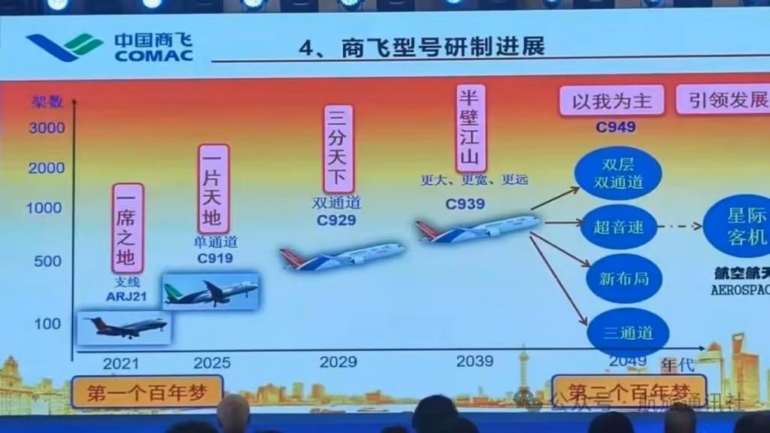
Industry projections suggest that supersonic travel could attract around 45 million passengers annually, accounting for roughly 1% of the total global air traffic.
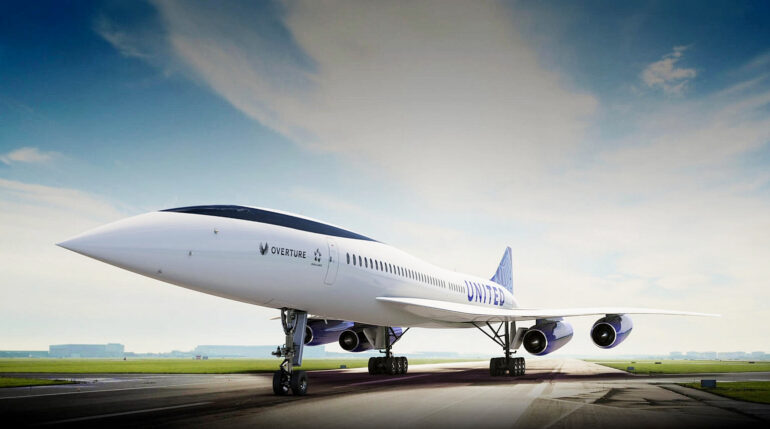
With its combination of speed, range, and near-silent supersonic performance, the C949 could place China at the forefront of a new era in commercial aviation, challenging the dominance of NASA, Lockheed Martin, and startups like Boom Supersonic.
